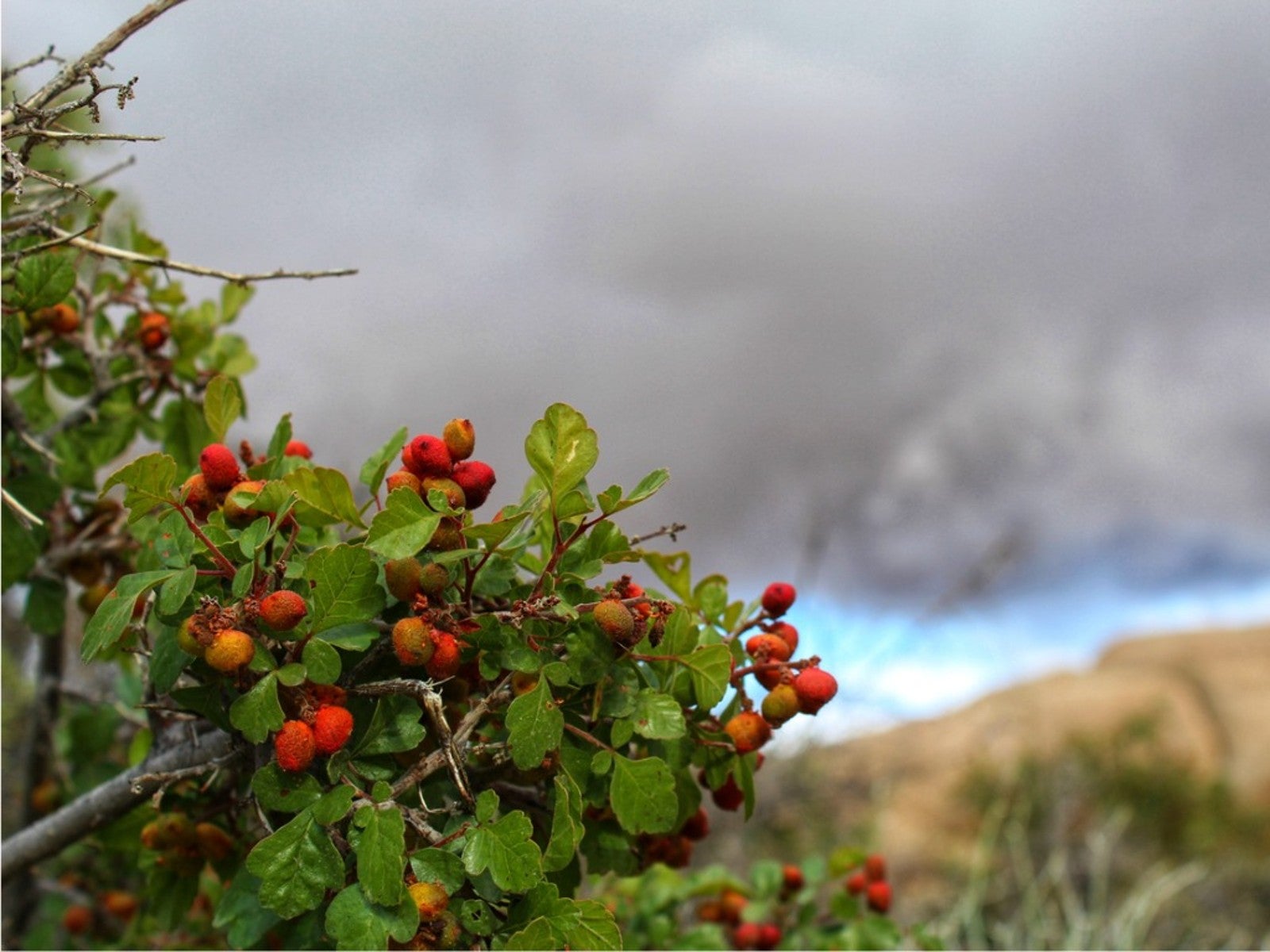Fragrant Sumac Care And Growing Tips


If you haven’t been exposed to fragrant sumac, prepare for a delightful surprise. This native plant is a low-growing deciduous shrub. It forms thickets in nature via underground rhizomes, grows from a compact crown, and spreads wide thanks to its sprawling branches.
This sumac variety bears both male and female flowers in summer. The male catkins remain on the branches all winter long. Female flowers are pretty and produce clusters of red berries that attract wildlife. The shrub’s main ornamental value comes from deep green leaves that burn glorious shades of red, orange and purple in fall.
Why “fragrant” sumac? The foliage as well as the twigs exude a powerful fragrance when bruised. It attracts wildlife of all kinds including butterflies and luna moths. The berries are beloved by the turkey, ruffed grouse, robins, and flickers, as well as small mammals like raccoons, possums, and chipmunks.
Fragrant Sumac Care
As a native shrub, aromatic sumac requires little care and no coddling. This tough plant is extremely tolerant, accepting sun or partial shade, moist or dry soils as long as they are well-drained, and accepts drought, erosion, rabbit nibbling, raccoon, opossum, chipmunk activity, and can tolerate black walnuts growing nearby. Once dormant, it can survive temperatures down to -25 degrees F.
Water & Light Requirements
The fragrant sumac is quite tolerant when it comes to water and light, as is frequently typical for opportunist native shrubs. You can grow this workhorse shrub in full sun or in partial shade, although don’t site it where it will get more than 6 hours a day of direct sunshine. Irrigate regularly but infrequently.
Soil & Fertilizer Needs
Fragrant sumac grows readily in almost any well-drained soil. But don’t fudge on the drainage; it will develop root rot in too-wet soil. No fertilizer is required or suggested.
Problems, Pests & Diseases
Native pioneer species are tough, so it’s no surprise that the shrub has no serious insect pest or disease issues. Trying to grow it in wet soil is a mistake, and the lack of drainage can take out the plant. Occasionally fragrant sumac may have issues with leaf spots, rust, scales, aphids, or mites.
Sign up for the Gardening Know How newsletter today and receive a free copy of our e-book "How to Grow Delicious Tomatoes".
Propagating Fragrant Sumac
You can grow fragrant sumac from seeds, cuttings or root cuttings. Seeds require pre-soaking for some 24 hours in hot water. After this, the seeds can be sown in early spring in a cold frame. Cuttings should be taken in summer, while root cuttings should be taken in December.
Fragrant Sumac Varieties
Only one cultivar is particularly common in cultivation, and that is Gro-Low (Rhus aromatica Grow-Low), a low-growing, wide-spreading selection. Gro-Low sumac works well on slopes for erosion control. The cultivar Konza shows a lovely growth form and serves well as wildlife cover but Gro-Low fragrant sumac is much easier to find for sale.

Teo Spengler is a master gardener and a docent at the San Francisco Botanical Garden, where she hosts public tours. She has studied horticulture and written about nature, trees, plants, and gardening for more than two decades, following a career as an attorney and legal writer. Her extended family includes some 30 houseplants and hundreds of outdoor plants, including 250 trees, which are her main passion. Spengler currently splits her life between San Francisco and the French Basque Country, though she was raised in Alaska, giving her experience of gardening in a range of climates.